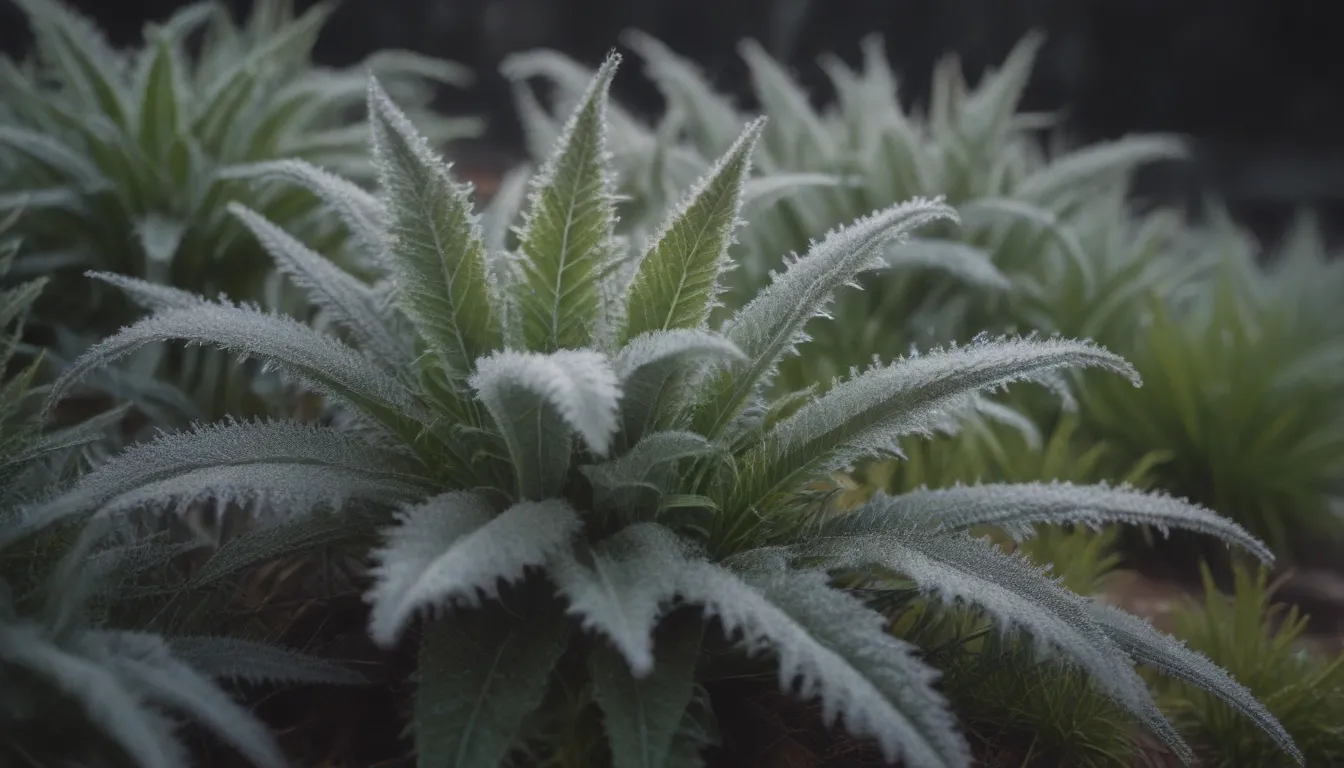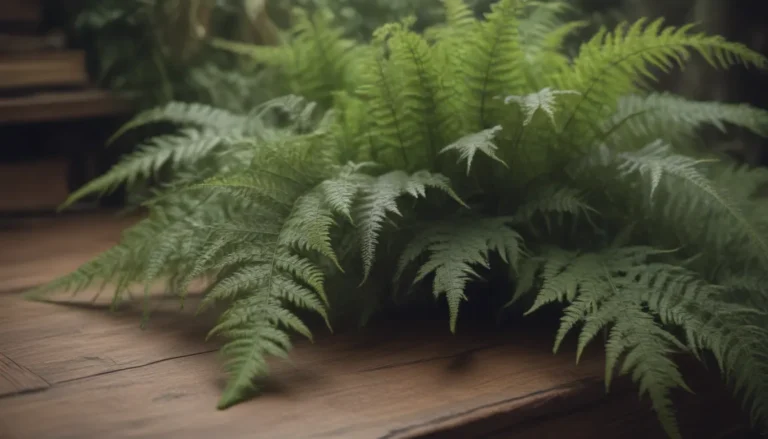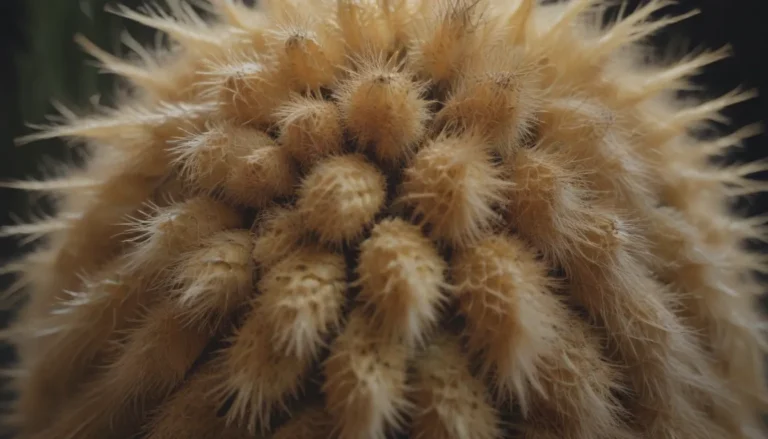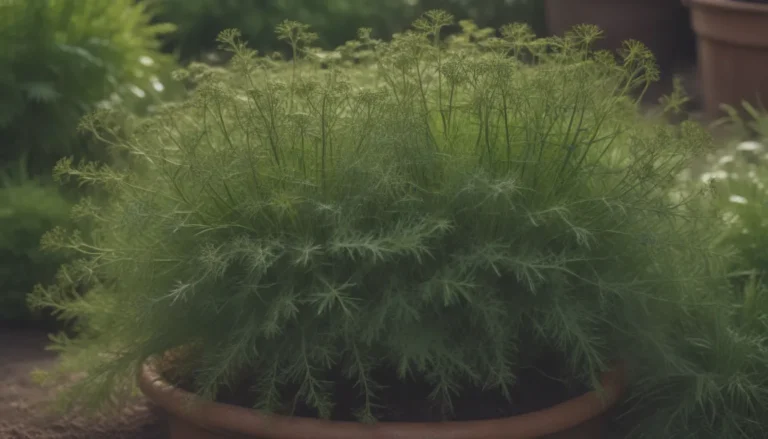Comprehensive Guide to Protecting Plants from Frost

As a plant enthusiast, you understand the joy of watching your garden thrive. However, when frost threatens your precious plants, it can be a cause for concern. But fear not! With the right knowledge and preparation, you can safeguard your plants from the damaging effects of frost. In this detailed guide, we will delve into the various aspects of protecting plants from frost, including why plants can’t handle frost, when to take protective steps, which plants to protect, and practical tips for safeguarding your garden treasures.
Understanding Frost and Its Impact on Plants
Before we dive into the specifics of protecting plants from frost, let’s first understand why frost is harmful to plants. Frost occurs when temperatures drop below 32 degrees Fahrenheit, causing the water within plant cells to freeze. This freezing process damages the cell walls, leading to wilted and damaged plants. Even hardy plants such as apple trees can suffer from frost damage, especially during unseasonably warm weather that triggers early bud break and bloom. Protecting your plants from frost is essential to ensure their health and vitality.
When to Take Protective Steps
To effectively protect your plants from frost, timing is everything. The two critical times of the year to be on frost alert are in the spring and fall. Knowing your location’s last average frost date in the spring and the first average frost date in the fall is crucial. Keep a close eye on the weather forecast around these dates and have all the necessary materials and equipment ready to act promptly when a frost advisory is issued.
Which Plants to Protect from Frost
While tropical and warm-climate plants are most susceptible to frost damage, it’s essential to consider all plants that may be affected. Let’s explore the various types of plants that require protection from frost:
- Container Plants: For frost-sensitive plants that have been overwintered indoors, wait until the last spring frost before moving them outdoors. In early spring, small containers can be moved outdoors during the day and brought back inside at night when frost is forecasted.
- Small Fruit and Fruit Trees: Strawberries and small fruit trees are particularly sensitive to spring frosts. Covering them with straw or burlap can help protect them from frost damage.
- Vegetables: Peppers, tomatoes, and eggplants are vulnerable to frost. Consider using bubble wrap or harvesting these crops and ripening them indoors during periods of freezing nights.
- Non-hardy Bulbs and Tubers: Gladiolas, dahlias, and cannas may require protection from fall frosts. Consider digging them up before deep frost sets in.
- Seedlings: Seedlings of cold-sensitive plants should be hardened off gradually before planting them in the garden after the last average frost date.
Practical Tips for Protecting Plants from Frost
Now that you know which plants to protect and when to take action, let’s discuss some practical tips for safeguarding your garden against frost:
- Cover Your Plants: Use textile, fabric, or burlap to cover plants susceptible to frost. Avoid using plastic coverings, as they can lead to overheating if not promptly removed in the morning.
- Create a Shelter: Place a large cardboard box over plants or create a tent using blankets, sheets, or a patio table to shield them from frost.
- Harvest Frost-tender Crops: If frost is imminent, harvest frost-tender crops such as peppers and tomatoes and ripen them indoors to prevent damage.
- Monitor the Weather: Stay informed about weather forecasts and frost advisories to take timely protective measures for your plants.
- Consider Plant Selection: Choose plants adapted to your local climate to minimize the risk of frost damage.
By implementing these practical tips and being proactive in protecting your plants from frost, you can ensure a healthy and thriving garden throughout the year. Remember, a little preparation goes a long way in safeguarding your beloved plants from the unpredictable nature of frost.
In conclusion, protecting plants from frost requires knowledge, preparation, and vigilance. By understanding the impact of frost on plants, knowing when to take protective steps, identifying vulnerable plants, and implementing practical strategies, you can effectively safeguard your garden against frost damage. With the right approach, you can enjoy a flourishing garden that withstands the challenges of frost and thrives in any climate. Happy gardening!





